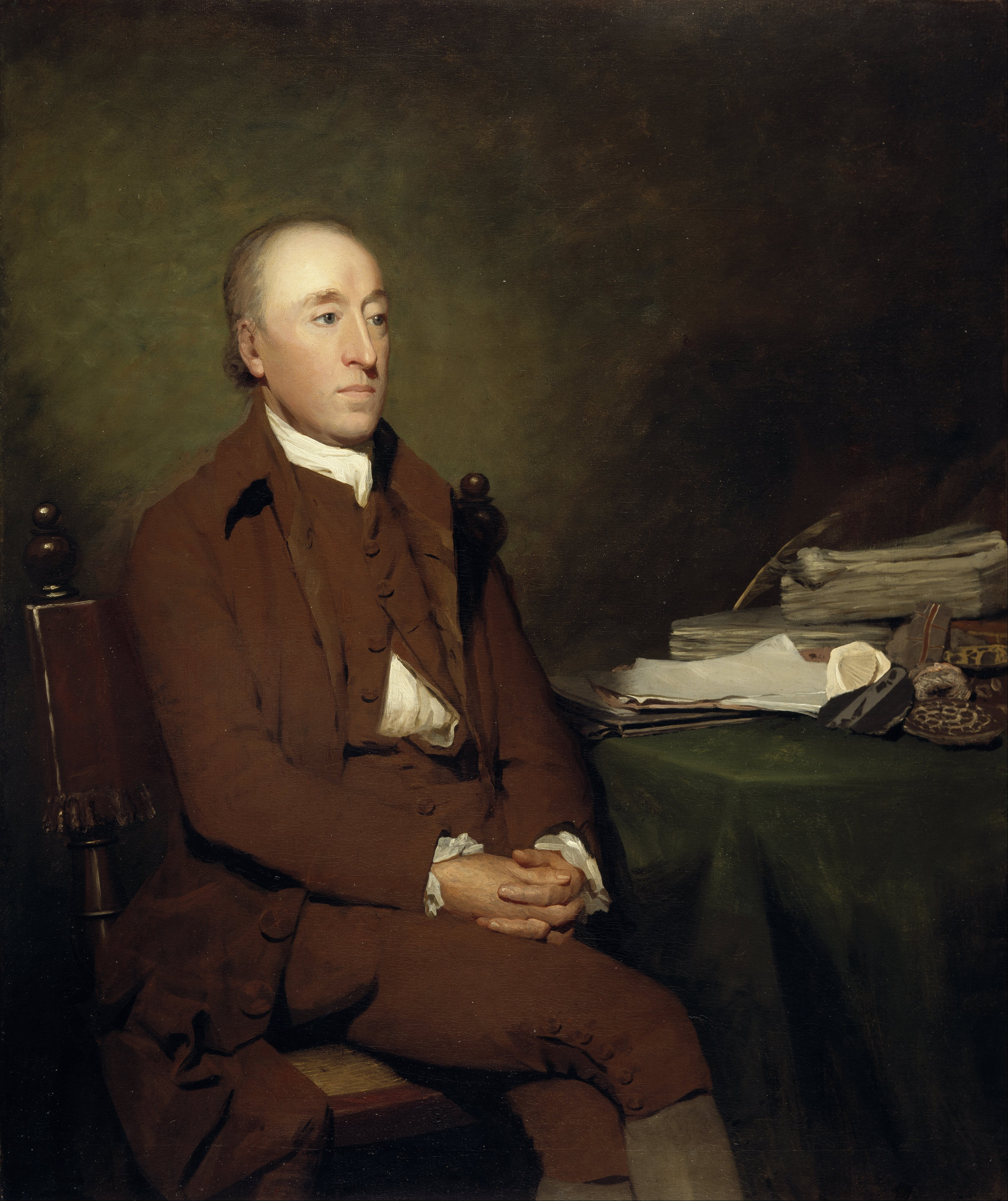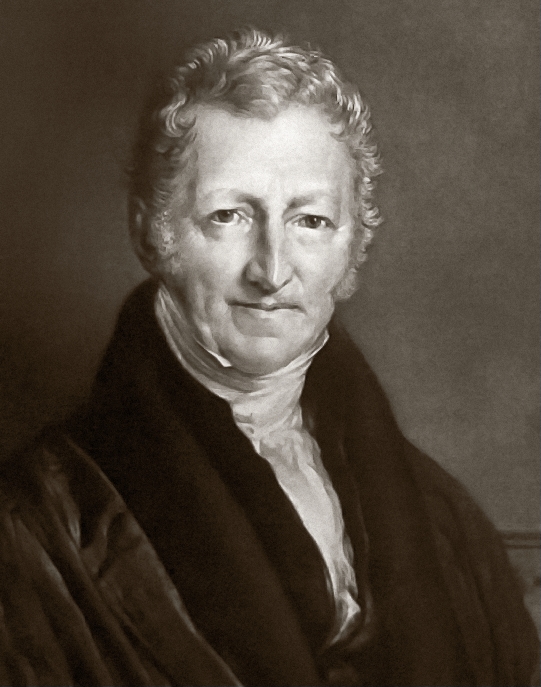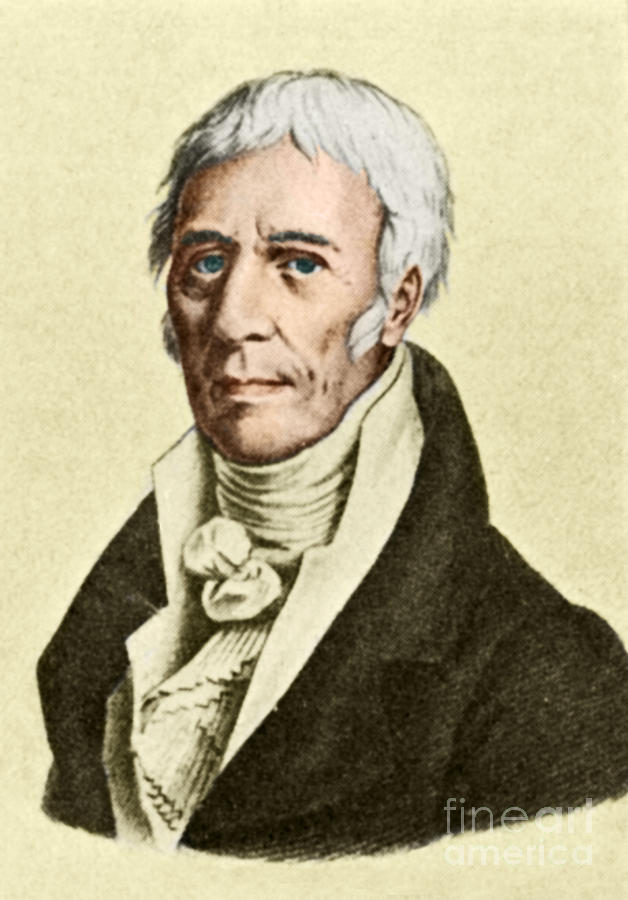Natural selection has four main concepts that define how selection happens. Selection is just a fancy word for the species or varieties or populations that survive and continue on. Natural Selection means that those creatures that are best suited based on these four principles will be "selected" to survive and continue on.
Natural selection works on populations and species as well. It can be affected by interactions of members within the same species (say a cheetah who is faster than its neighboring cheetahs may catch more food and therefore more of its offspring survive) or between different species (say competition between two bird species for insects or the faster zebras leaving more offspring because they are better suited to outrunning predators).
1. Struggle for existence.
- More individuals are produced than can survive. All members of a population or species must compete for food, water, space, mates, etc.This seems logical when you think about it since the same species is looking for the same food, same nest sites or same territories, etc. So which members survive? The members that are best suited for finding food, evading predators, raising young, catching prey, attracting mates or whatever it may be will leave the most offspring. If you leave more offspring more of your genes and genetic material make it to the next generation.
2. Variation
- Variation exists between individuals in a species or population and this variation plays an important role in the struggle for existence.There are quite a few examples of how variation is helpful. The classic example is the Peppered Moth. Originally, this moth lived on tree that were mottled and greyish white. The white moths blended perfectly into the bark. However, sometimes black individuals were born. These black individuals were very visible on the white tree trunks and therefore eaten by birds. In this situation the white moths are better suited for the environment than the black... the white are better at winning the struggle for existence.
Enter man and the industrial revolution. With the introduction of coal burning soot began to cover and darken surfaces, including the tree bark. Now the black moths were better suited for hiding and the white moths were easy to find. Birds ate the white moths that they could see on the tree bark. The black moths, due to environmental change, had become better at the struggle for existence.
Currently, with clean air technology and laws the surfaces are once again lighter colored. Guess which moth color is better at surviving now? That's right, the white ones.
 |
| Prior to the industrial revolution. |
 |
| During the Industrial Revolution |
#3 Adaptation.
- This is a heritable trait, i.e. something in the genetic code, that increases an organisms ability to survive and reproduce.Lets play a game... which snake pictured below is the venomous coral snake and which is the harmless milksnake?
Would you want to take the time to try and guess if you knew there was a red, black and white/yellow snake around that could kill you? This is a case of mimicry. The non-venomous snake which had a pattern similar to the venomous snake was avoided. That avoidance means it survived longer and its similarly patterned offspring could survive longer and produce more offspring. This adaptation of looking like a venomous or poisonous counterpart is very common in the animal kingdom. There are many kinds of adaptations mimicry is just one of them.
Oh and if you are curious the second one is the non-venomous milksnake. Would your guess have killed you?
#4 Survival of the Fittest
Before we get into survival of the fittest lets define some words:Fitness is how well an organism survives and reproduces.
Survival is the ability to pass heritable traits to offspring.
So one way to think about Survival of the Fittest is... Individuals with the best adaptations and variations will be the most successful at the Struggle for Existence. The success will give those individuals the highest fitness and the best survival.
Does this mean that an animal is perfectly suited to its environment or perfect for its environment?
NO. What it means is that of all the possible variations a species could possess the ones we see most commonly are the best for surviving in the current environment. If that environment changes the types of variations and adaptations needed to survive may change. Some people describe it as "just good enough to flourish". Which means the traits an individual, population or species has is just good enough for that species to flourish, continue surviving, in the current environment. The individual has just enough of an edge on the environment to survive.So what is Natural Selection really?
Natural Selection occurs when there are heritable traits (variations and adaptations) that cause variations in a population that has more individuals born than are expected to survive. (And this survive here usually means surviving to reproductive maturity.)
This is one of the mechanisms for evolution.
What to try your luck at survival of the fittest? Go here and click on Play the Survival Game.






